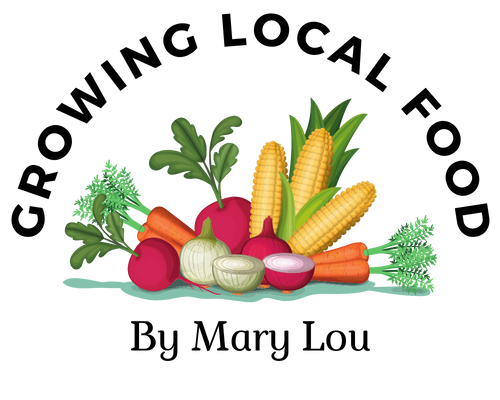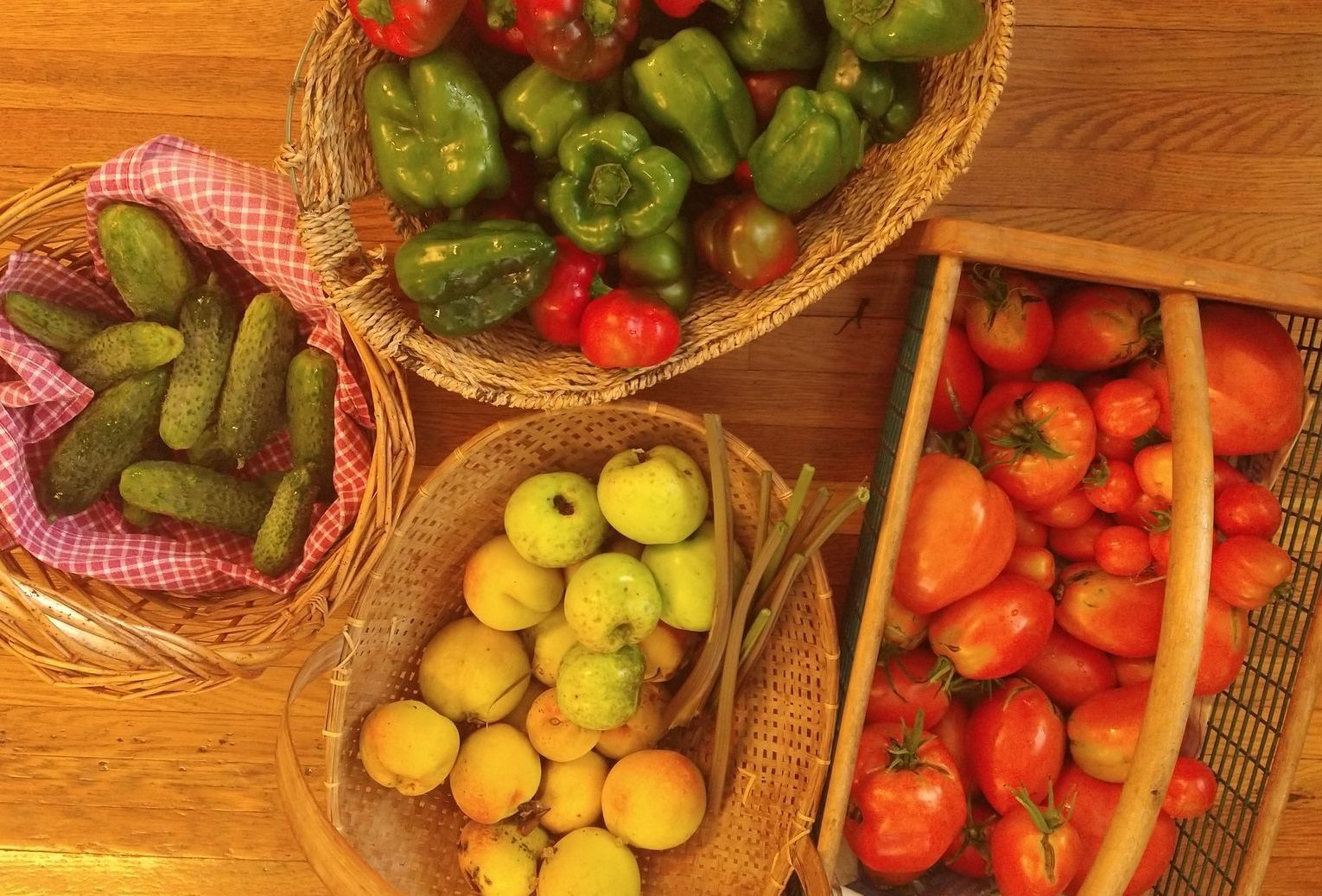Choosing Perfect Fruit Trees for Your Home
Beginning to plan for your tree or orchard:
As you begin to plan for your fruit tree or trees, it's really enjoyable to curl up with a catalog featuring fruit trees and imagine yourself raising your own apples, plums, peaches or cherries. In only two to five years, your investment of time and money can reap delicious, chemical-free fruit. Each new tree may cost between $30 and $40, but it can contribute to your health and enjoyment for a lifetime. Begin now to decide which fruit trees your will plant.
If you don’t have a catalog, order a free one from a nursery like Stark Brothers or Schlabach’s Nursery. You can buy fruit trees wherever you like, especially from a local nursery, but it’s a great education—and also fun—to have a catalog to help imagine your new trees.
What type of fruit will you most enjoy?
What fruits do you like?:
To choose the trees that will be best for you, do a bit of daydreaming to figure out what you’ll enjoy in the long-term. First of all, what fruits do you relish?--apples, cherries, peaches, pears, plums, nectarines? Living where there’s frost may mean we have to forgo bananas and citrus fruit, but we still have a great assortment of fruit trees to choose from.
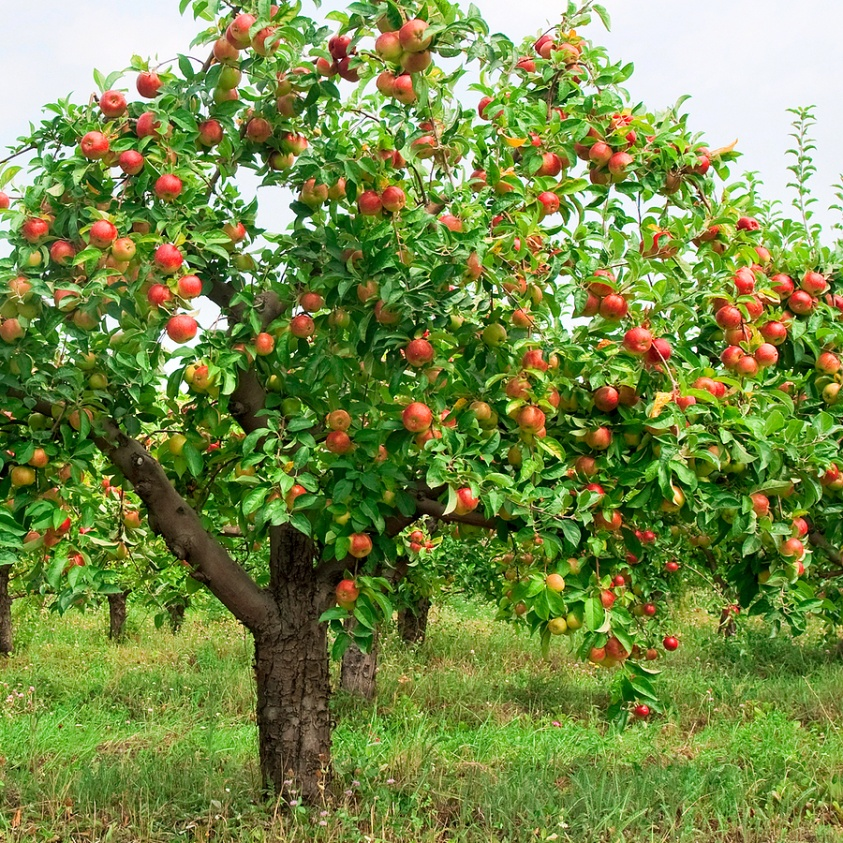
What varieties suit you best?:
After deciding what fruits are your favorites, it’s time to figure out which variety of each fruit would be best for your home. If you have in mind what you want to do with the fruit, it’s easier to choose a variety from its catalog description. Do you envision canning or freezing your precious harvest for winter consumption? Or perhaps your mouth is watering for a slice of warm cherry pie? What about drying your wonderful fruit for nutritious, chemical-free snacks? Does pressing apples for cider sound like a fun autumn activity?
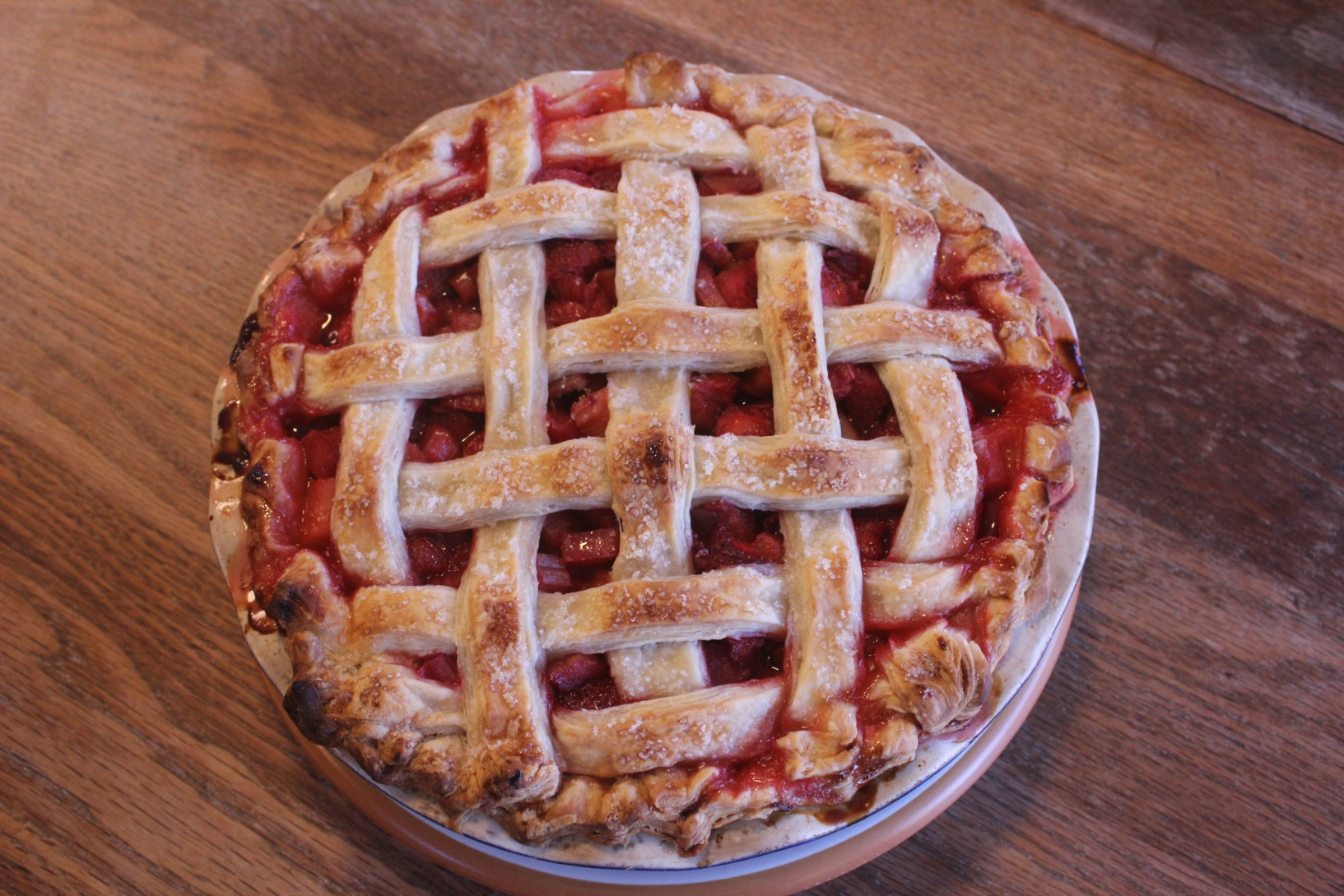
Of course, there’s nothing wrong with just eating fruit right off the tree. Imagine plucking a fully-ripe peach, soft enough to barely indent with your thumb. When you take a bite and have its warm sweet-tart juice fill your mouth, your efforts will have been rewarded!
What varieties suit your location?:
After matching specific fruits and then varieties to your likes and needs, it’s time to explore what fruit trees are practical for you to plant. That included choosing varieties that will grow well in your geological location, how much room you have and what varieties are available to you.
Hardiness Zone is the term used to tell what plant can grow in your area based on average minimal winter temperatures. For example, Ohio is now almost entirely zone six. Catalogs or online sites will then tell you which varieties of fruit trees will thrive in your hardiness zone. Wishful thinking won’t allow you to grow fruit successfully that need a warmer environment or longer growing season. We’ve learned that the hard way when watching a mature peach tree bloom profusely earlier than the final frosts in our growing zone seven. The tree survives, but the blossoms freeze and can’t produce fruit.
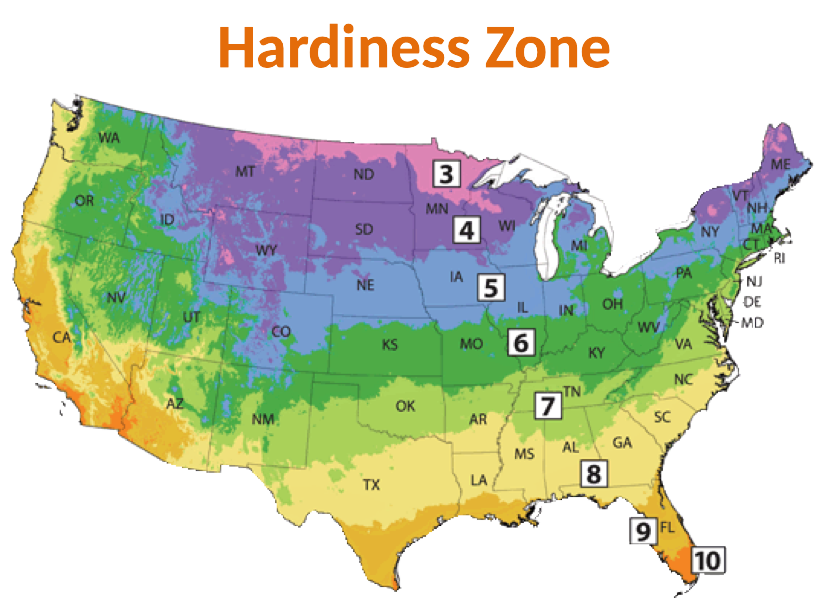
Small, medium or large?:
The potential size of a tree makes a difference as to what will “fit” at your home. The height a tree grows to—dwarf, semi-dwarf or standard—depends on its rootstock, but also how you prune it. All sizes of trees grow full-size fruit and most will produce fruit in two to five years from when you plant it.
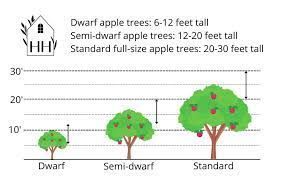
If a small, front yard is the only potential site for your fruit tree, plant a dwarf tree. You will be the envy of your neighbors by keeping it pruned to a beautiful “vase-shape” or a space-saving “central leader” tree. Fruit tree pruning is described here.
If your backyard could use some shade, then plant a semi-dwarf or standard fruit tree. If you have a lawn, plants several trees and have an orchard instead! Caring for fruit trees is a great alternative to mowing grass; you’ll be investing in your own health and providing habitat to wildlife.
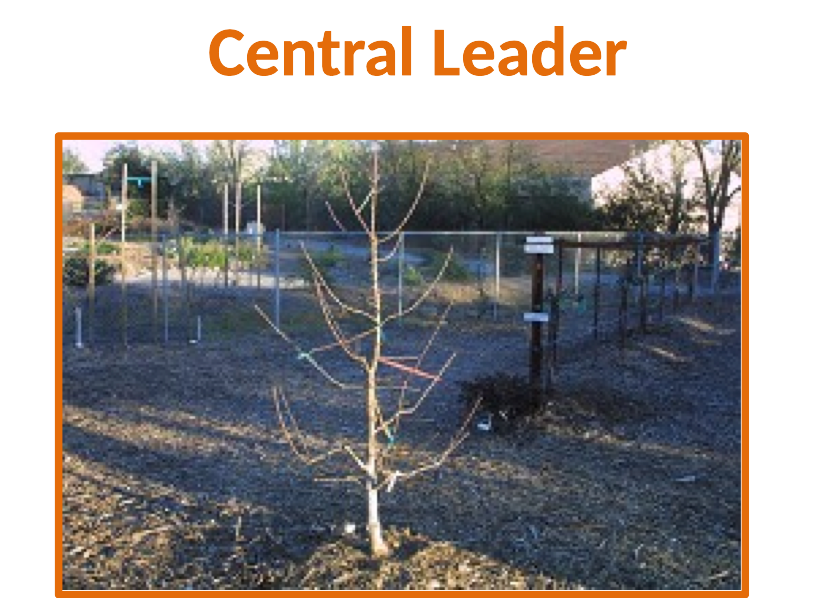
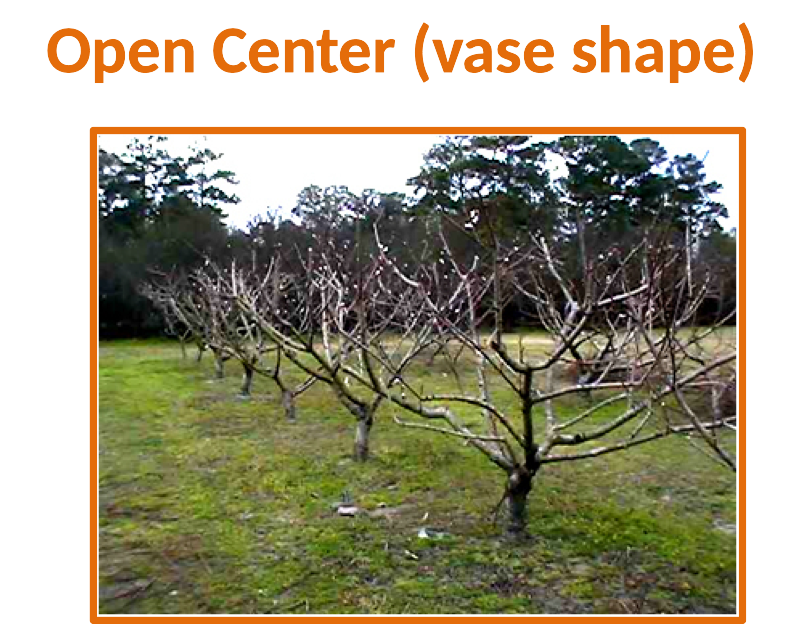
Heirloom or hybrid?:
Your next choice is between heirloom and disease-resistant fruit trees. Some believe that growing disease-resistant varieties is necessary to grow beautiful fruit without chemicals. After growing both heirloom and disease-resistant fruit trees, I’ve found that both can result in healthy trees and beautiful fruit when we use the holistic methods described here.
The down-side of the newer cultivars is that they may be bred for other qualities than flavor. It’s tough to beat the taste of heirloom apples like Granny Smith, Golden Delicious and Cortland. Newer varieties of fruit trees are bred for disease-resistance, but also for other characteristics we home orchardists don’t value—like having fruit that ships well. For example, peaches have been bred to turn pink and look ripe for shipping before being fully ripe. This doesn’t contribute to their taste and makes it more difficult to know when our backyard peaches are fully ripe. You probably can tell that I prefer heirlooms.
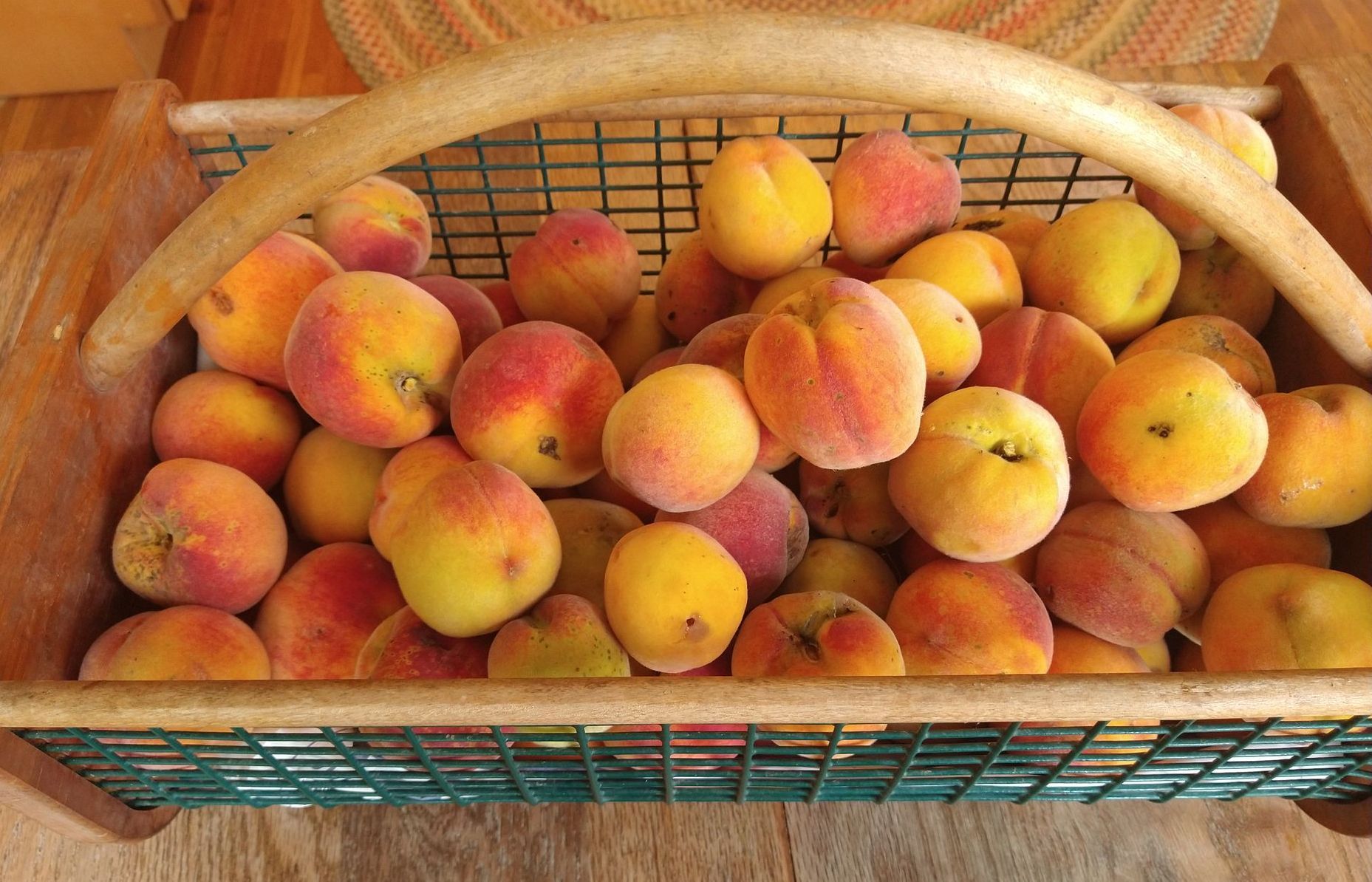
Pollinator trees:
Finally, be aware if your fruit tree needs another tree for pollination. Not all fruit trees do, but as someone show has waited seven years for our first pear, I wish we realized sooner that it needed a pollinator tree!
Apple trees often need specific pollinator trees too, but interestingly, crab apples will pollinate most other apple trees. If you don’t have a specific pollinator for your apple tree, plan a crab apple tree within 100 feet of graft a branch from a crab apple tree to your tree. This will keep your apple threes bearing well.
Bare roots are best:
It is important that you buy your fruit trees from a knowledgeable source. You want the right fruit trees that are in excellent condition for a healthy start and long-term success. You may live with your trees for decades, so your original choices are important.
Purchased trees that have been in a pot or burlap container for over a year will be root-bound and slow to start growing. Therefore, resist the convenience of buying potted fruit trees from a chain store. A bare-root tree from a reputable nursery will grow faster and have a better chance of success. I have no local fruit tree nursery, but have had decades of success from Stark Bro’s. If you live by a smaller nursery that sells healthy, bare-root trees with known root stalk, you certainly want to support them.
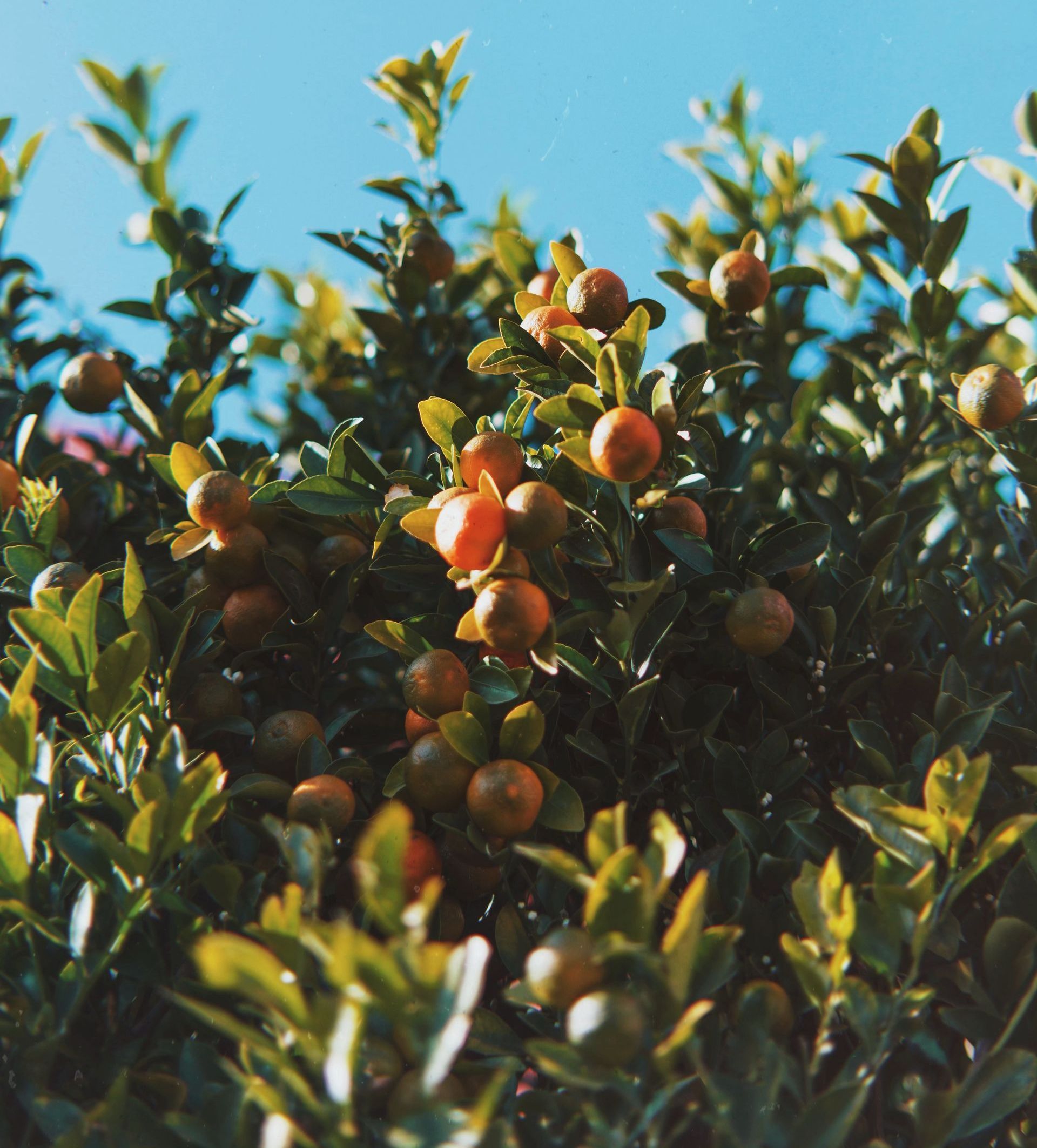
Planting and caring for fruit trees requires so little effort compared to the decades of pleasure and fruit they provide. How to plant and care for your new fruit trees is discussed here. Enjoy beginning this adventure knowing you will be reaping rewards for years ahead.
-
Where's the best place to buy a fruit tree from?
If your local nursery sells bare-root fruit trees, be sure to support them if they sell the variety you want. If you can't get a tree locally, focus on buying a bare-root tree from a reputable company like Stark Bros or Fedco.
-
How can I choose the best fruit tree for my home?
Take into consideration what kinds of fruit you and your family enjoy and then look at which of those will do well in your hardiness zone. Whether you buy a dwarf, semi-dwarf, or standard-size tree depends on how much space you have in a sunny area and how many years you're willing to wait for fruit. Finally, be sure to check if the variety you've chosen will need a pollinator tree or not.
-
What's the easiest fruit tree to grow?
Apple trees have many varieties, but on average, they are easier to get good fruit from than peach, pear, or cherry trees. Always check to see if the tree you choose will need a "pollinator" tree.
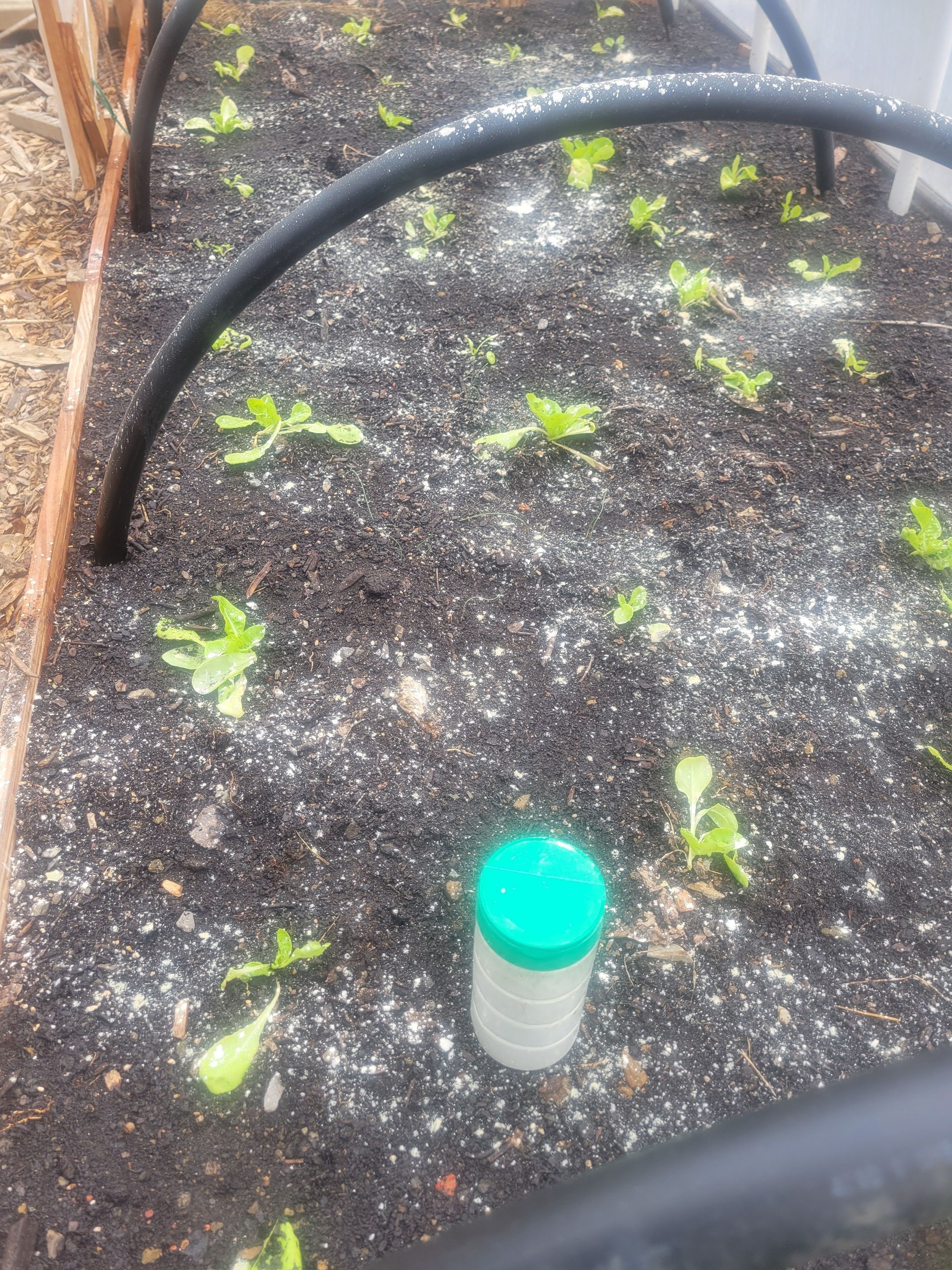
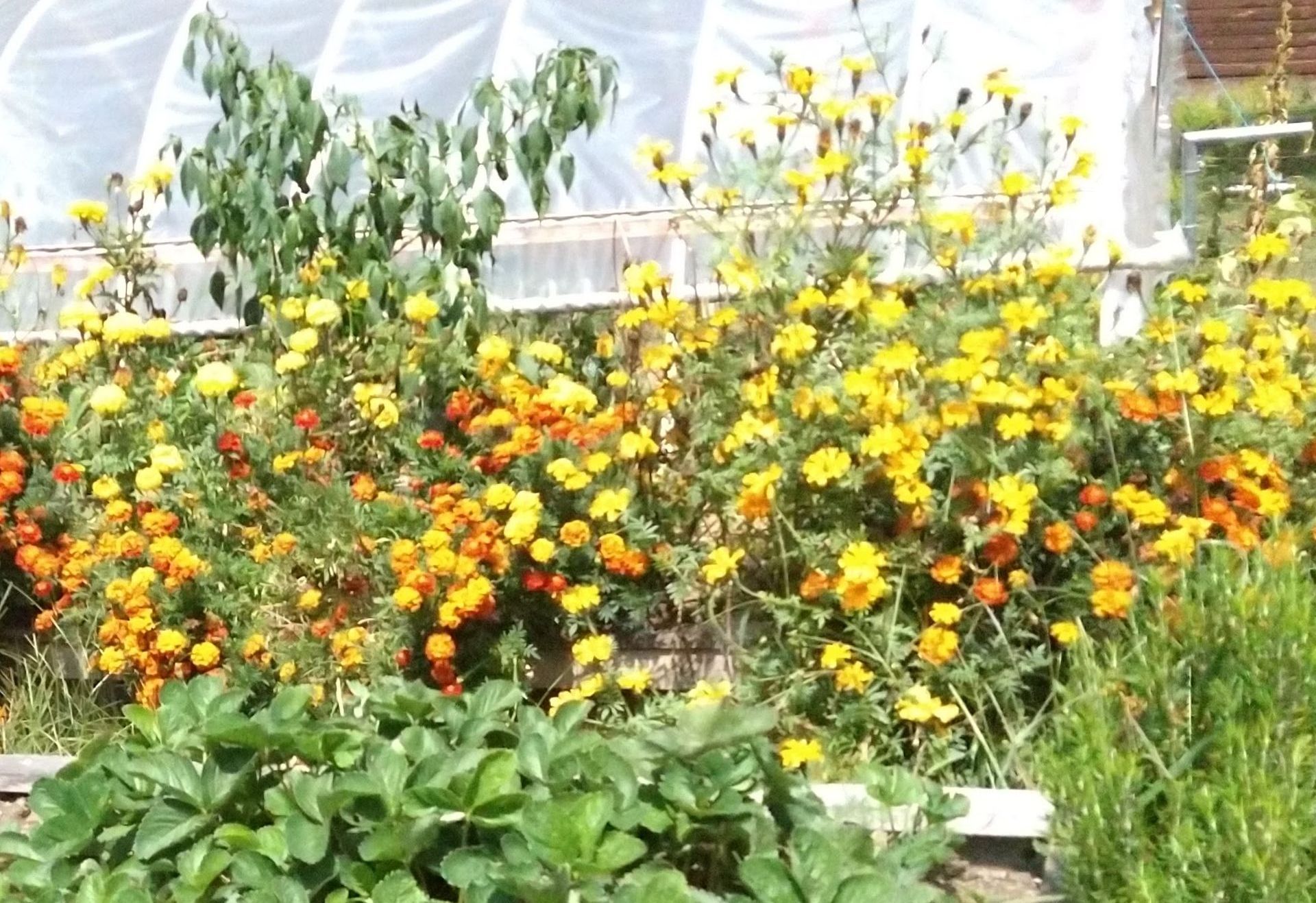
Mary Lou
mlgrowinglocalfood@gmail.com
